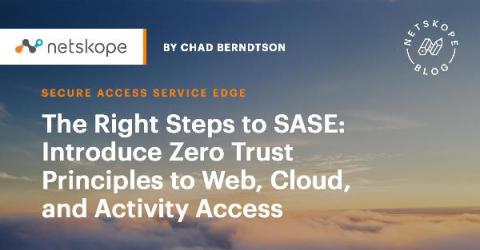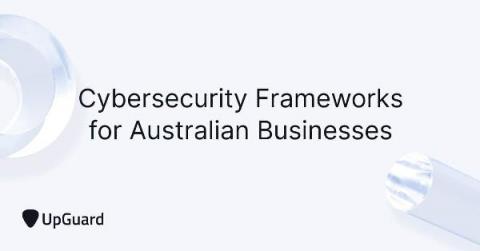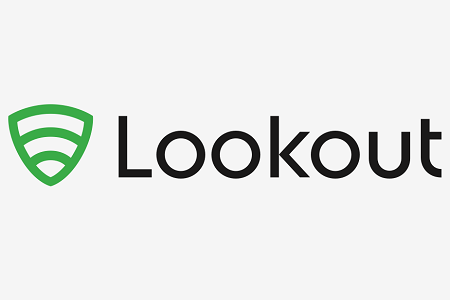Weekly Cyber Security News 11/06/2021
A selection of this week’s more interesting vulnerability disclosures and cyber security news. For a daily selection see our twitter feed at #ionCube24. Kudos to the various organizations who pulled off amazing sting. I’ve said this many times over the years, but I really mean it this time. THIS one has to be a movie!











